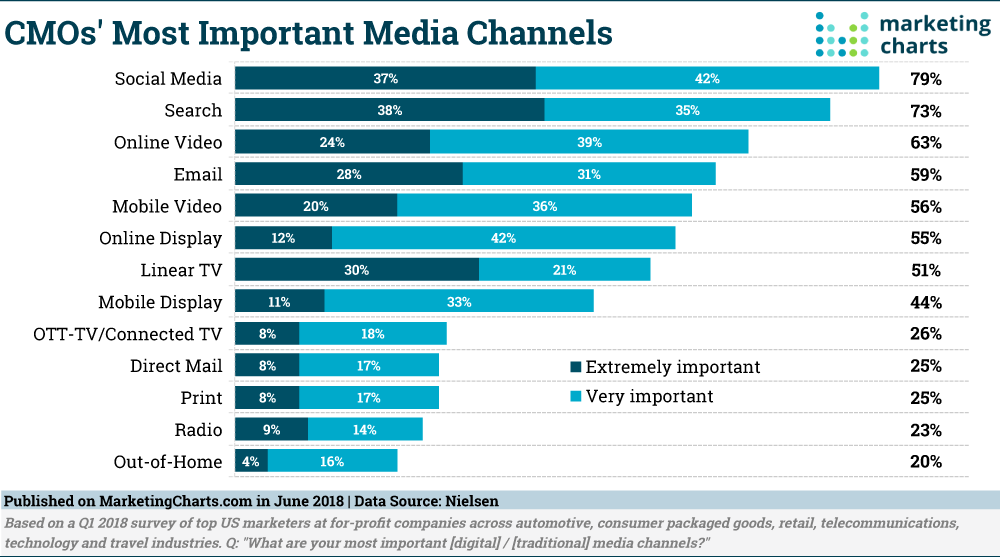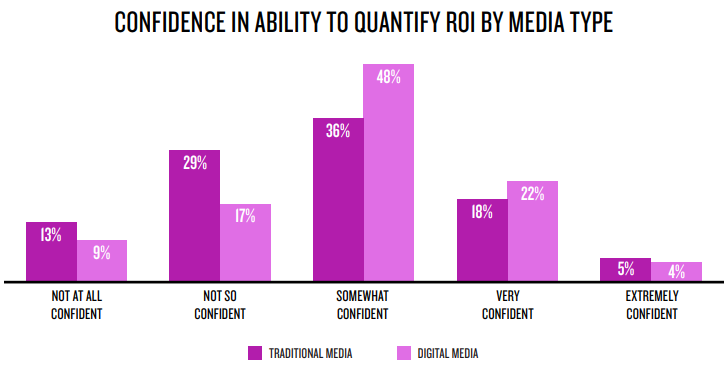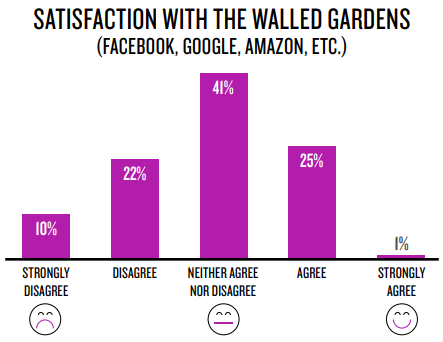A recent survey of 165 American CMOs by media research firm Neilsen confirms that social media and search are king when it comes to allocating today’s advertising dollars, while traditional media such as print and radio are less important than ever.
According to the survey, 79 per cent of respondents rated social media as a “very” or “extremely” important media channel, while 73 per cent said the same of search. The least important channel, according to the survey, was out-of-home media, which only 20 per cent of CMOs rated as “very” or “extremely” important. Radio, and print and direct mail came in second- and tied for third-last, cited as “very” or “extremely” important by 23 and 25 per cent of recipients, respectively.
“Respondents made it clear that digital media has had a transformative effect on their organizations, their marketing and measurement strategies and those of their agencies,” the study’s lead author, Nielsen Watch senior vice president of marketing and strategy Eric Solomon, wrote in the report. “Digital ad spend has eclipsed traditional channels and we expect that trend to continue.”

Neilsen released the study, its first-ever Neilsen CMO Report, in mid-June, with the above chart released by the data illustration specialists at MarketingCharts soon after.
In addition to highlighting which channels CMOs consider most important, the report found that 82 per cent of respondents expect to increase their digital media budgets in the next year (the survey was conducted in the first quarter of 2018).

Neilsen also asked respondents to rate the relative effectiveness of eight channels: linear television, connected television, radio, print, mobile, social media, search, and programmatic.
Not surprisingly, both social media and search came out on top when it came to effectiveness as well: 69 per cent of the CMOs surveyed rated both social media and search as either “extremely” (31 per cent) or “very” (38%) effective.

Also worth noting: 60 per cent of respondents rated mobile as being “extremely” (27 per cent) or “very” (33 per cent) effective, while 54 per cent said the same of programmatic (33 per cent “very,” 21 per cent “extremely”).
Of the traditional media channels, only television was rated by more than 50 per cent of respondents as “extremely” (30 per cent) or “very” (21 per cent) important.
Despite their faith in digital media, only 26 per cent of the survey’s respondents said they were “extremely” (four per cent) or “very” (22 per cent) confident in their ability to accurately measure return on investment (ROI) with digital media, though few (five and 18 per cent, respectively) were confident in their ability to measure traditional media either.

Finally, it’s worth mentioning that Neilsen asked the CMOs surveyed about their satisfaction with and ability to measure ROI from what it called the “walled gardens” who control the vast majority of the online advertising industry such as Google, Facebook, and Amazon.
According to the survey, the majority of respondents – 41 per cent – neither agreed nor disagreed with the statement “I am satisfied with my relationships with the ‘walled gardens’ (including but not limited to Facebook, Google, Amazon),” while 32 per cent strongly or slightly disagreed and 26 per cent strongly or slightly agreed.

As for measuring ROI, the answers were evenly distributed, with 30 per cent or more of respondents agreeing, disagreeing, and neither agreeing nor disagreeing with the statement “We are able to accurately quantify advertising ROI from walled gardens (including but not limited to Facebook, Google, Amazon).”

We highly recommend reading the full report.





